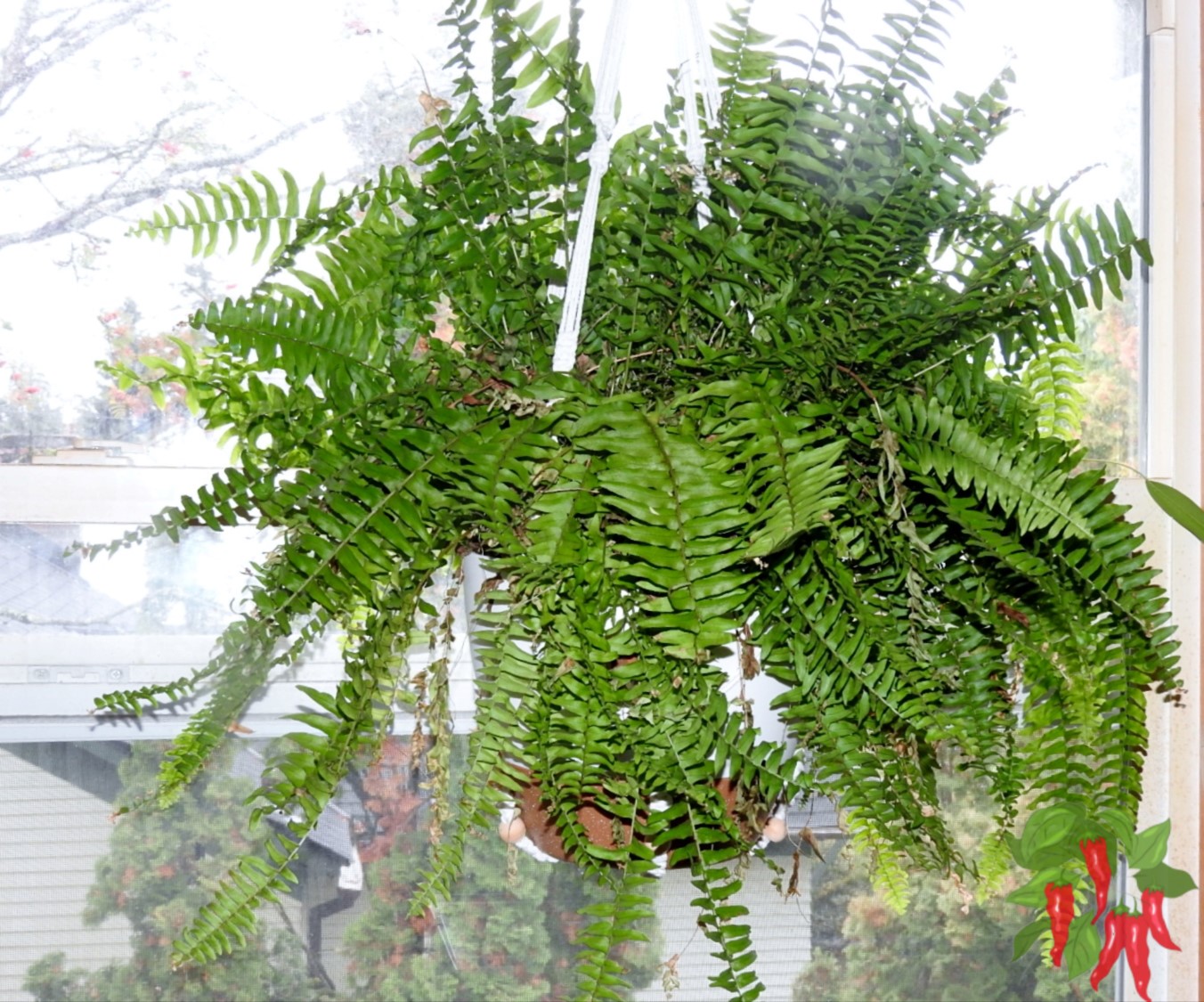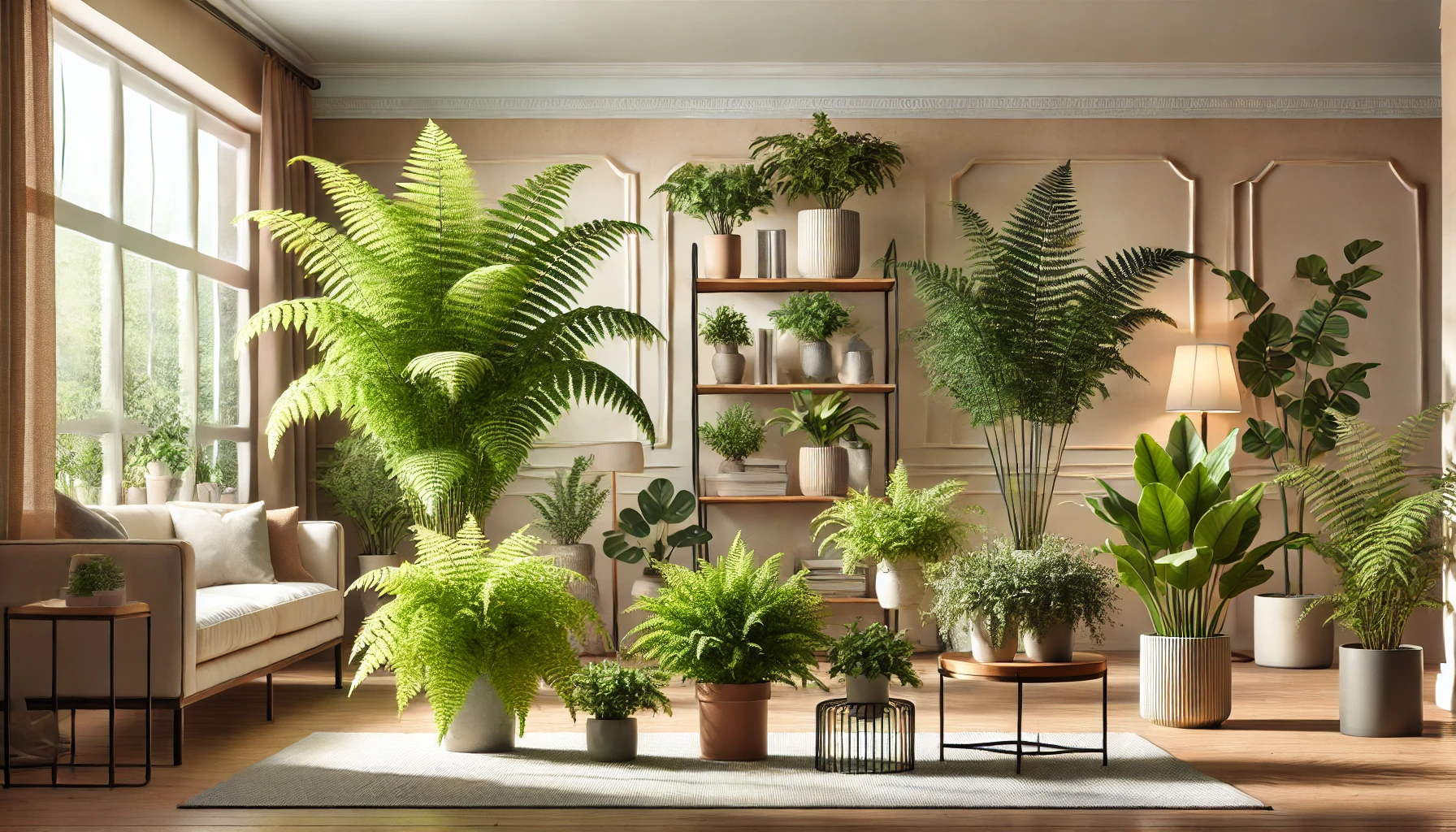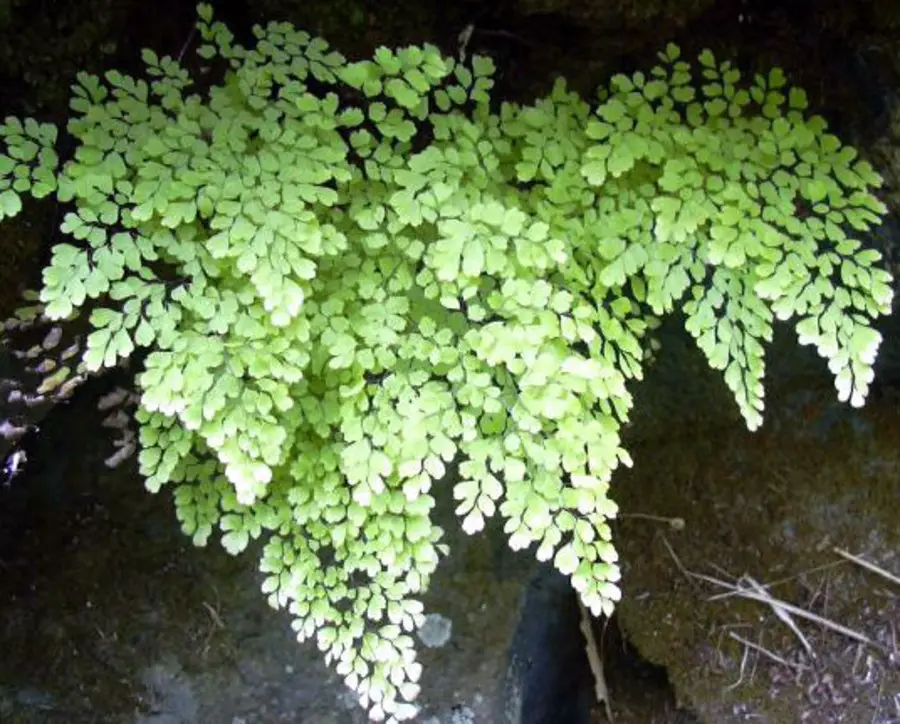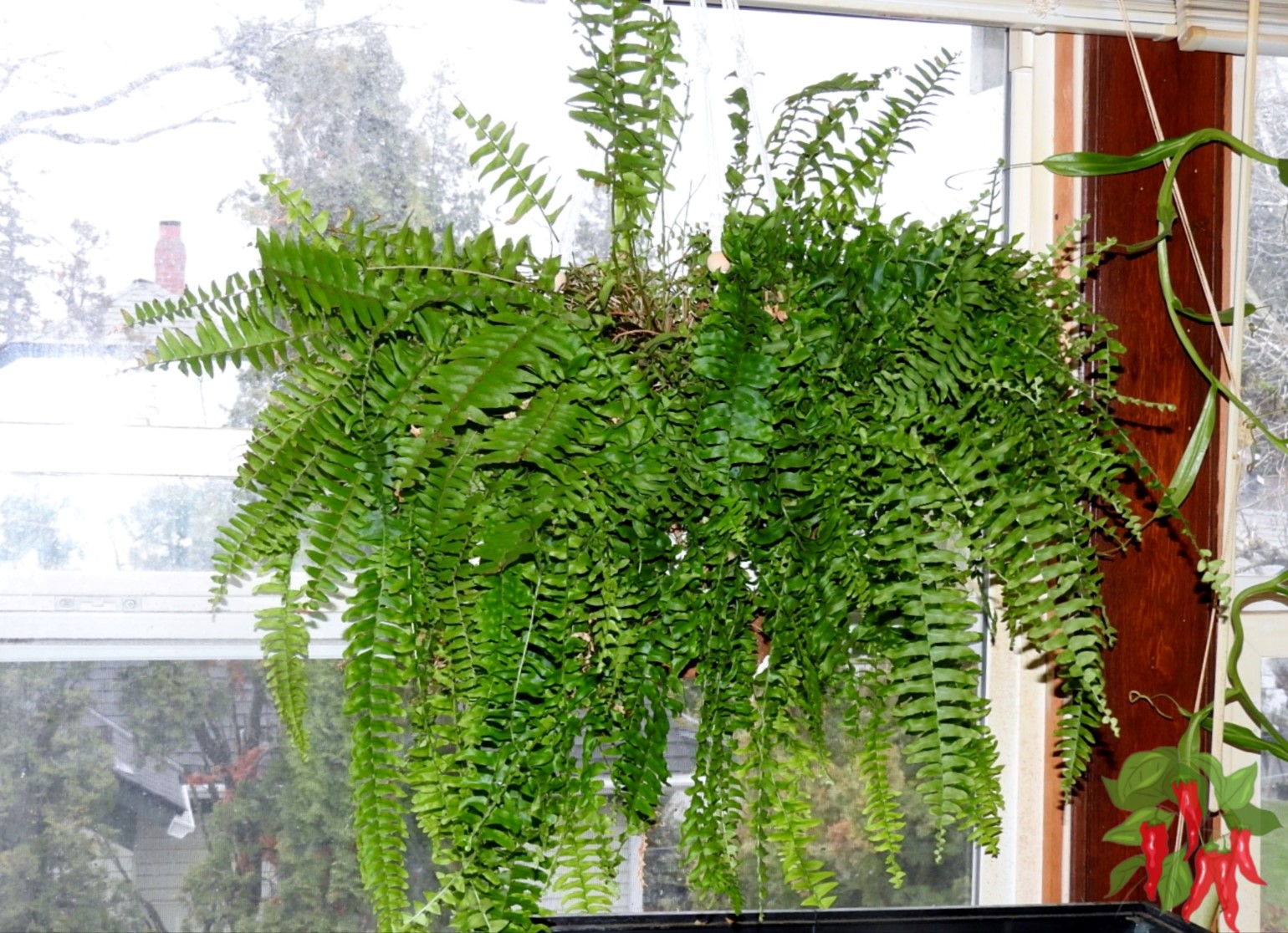This post contains affiliate links. If you buy something from one of our links we may earn a commission. Thanks
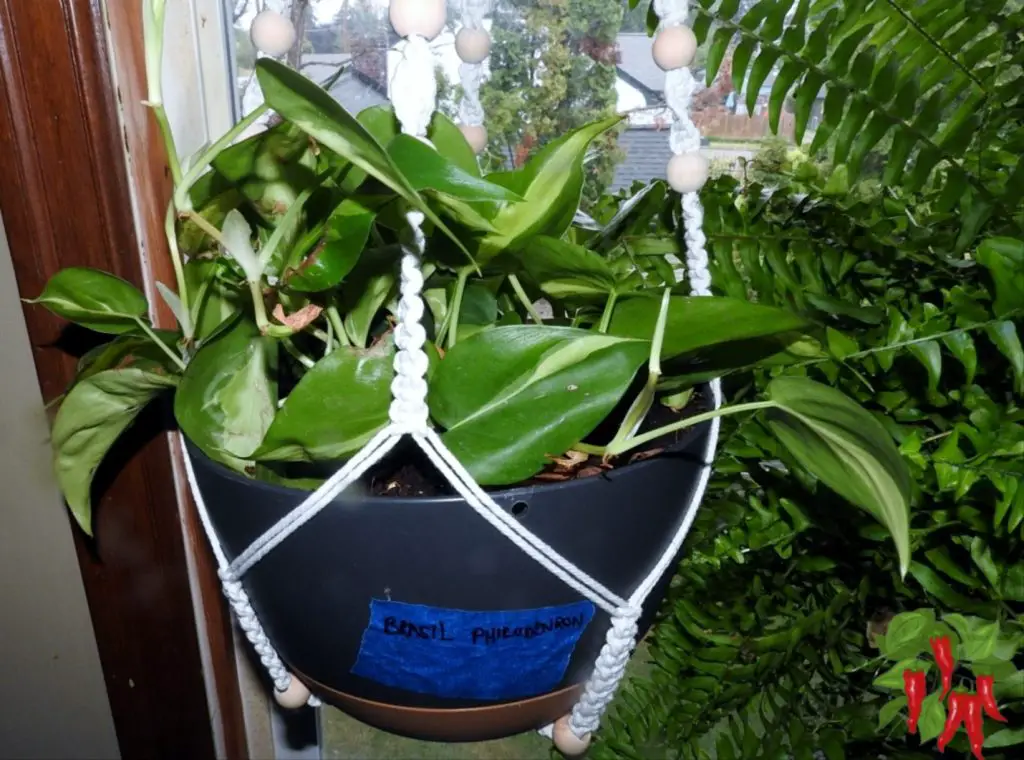
Indoor Plant Care Tips can turn your brown thumb green in no time! Ever brought home a beautiful plant only to watch it wilt within weeks?
Don’t worry, you’re not alone. With a few simple tricks, you’ll be nurturing a thriving indoor jungle before you know it.
 Shop Succulents Brasil Philodenron Heartleaf Hanging Plant, Live Indoor Plant, Easy Care Hanging Ivy Houseplant in Nursery Pot, Air Purifying Plant in Soil, Housewarming, Home Décor, Trails 2-4 Feet
Shop Succulents Brasil Philodenron Heartleaf Hanging Plant, Live Indoor Plant, Easy Care Hanging Ivy Houseplant in Nursery Pot, Air Purifying Plant in Soil, Housewarming, Home Décor, Trails 2-4 Feet
Indoor Plant Care Tips Key Takeaways
- Indoor Plant Care Tips include watering only when the top inch of soil is dry,
- Providing adequate light based on plant type,
- Maintaining proper humidity,
- Regular cleaning of leaves,
- Appropriate fertilization during growing seasons,
- Watching for pests is also crucial.
- These practices ensure healthy, thriving houseplants.
1. The Basics of Indoor Plant Care
Bringing a bit of nature indoors can transform your living space, but keeping those green friends happy and healthy requires some know-how.
Whether you’re a seasoned plant parent or just starting your indoor garden journey, understanding the basics of indoor plant care is crucial for success.
Why proper care matters:
Let’s face it – plants aren’t just decorations. They’re living things that need our attention to thrive. Regular maintenance keeps your leafy pals healthy, vibrant, and growing strong. Plus, well-cared-for plants are better at purifying your air and boosting your mood. It’s a win-win!
Key factors in plant care:
Think of plant care like a recipe. You need the right ingredients in the right amounts for the best results. For plants, those key ingredients are:
- Light: The plant’s energy source
- Water: Essential for nutrient transport and photosynthesis
- Humidity: Especially important for tropical plants
- Soil: The foundation for root health
- Temperature: Affects growth rate and overall plant health
Get these factors right, and you’re well on your way to becoming a plant care pro. Let’s dive deeper into each of these elements.
2. Watering: Avoiding Overwatering and Underwatering
Watering seems simple, right? Just add water! But it’s actually one of the trickiest aspects of plant care to master. Too much water can be just as harmful as too little.
General tips:
The finger test: Stick your finger about 1-2 inches into the soil. If it feels dry at that depth, it’s time to water.
Water deeply: When you do water, make sure to give your plant a good drink. Water until you see excess draining from the bottom of the pot.
Drainage is key: Always use pots with drainage holes to prevent water from sitting at the bottom.
Bottom watering method:
Here’s a neat trick to try: bottom watering. It’s like giving your plant a relaxing foot bath!
1. Place your plant pot in a shallow tray or saucer filled with about an inch of water.
2. Let the plant sit for about 10-30 minutes, allowing the soil to soak up water from the bottom.
3. Remove the plant from the tray and let any excess water drain.
This method encourages deeper root growth and reduces the risk of overwatering. Plus, it’s great for plants that don’t like water on their leaves.
Adjusting frequency:
Remember, not all plants are created equal when it comes to watering needs. Factors that affect watering frequency include:
- Plant type: Succulents and cacti need less frequent watering than tropical plants.
- Season: Most plants need less water in winter when they’re not actively growing.
- Indoor environment: Air conditioning and heating can dry out plants faster.
Pay attention to your plants and they’ll let you know what they need. Droopy leaves often mean a plant is thirsty, while yellowing leaves can be a sign of overwatering.
3. Light: Ensuring Adequate Sunlight for Plant Growth
Light is food for plants. Without it, they can’t photosynthesize and grow. But like Goldilocks, plants need their light conditions to be just right.
Light levels:
Plants typically fall into three categories when it comes to light needs:
1. Bright light: These sun-lovers need at least 6 hours of direct sunlight daily. Think succulents, cacti, and many flowering plants.
2. Indirect light: Most common houseplants fall into this category. They like bright areas but prefer to be out of direct sunlight. Examples include pothos, philodendrons, and peace lilies.
3. Low light: These shade-tolerant plants can survive in darker corners. Snake plants and ZZ plants are champs in low light conditions.
 Costa Farms ZZ Live Indoor Tabletop Plant in 6-Inch Grower Pot
Costa Farms ZZ Live Indoor Tabletop Plant in 6-Inch Grower Pot
To ensure even growth, rotate your plants a quarter turn every week. This prevents them from leaning towards the light source.
Artificial lighting:
Don’t have a sunny window? No problem! Grow lights can supplement or even replace natural light.
 Spider Farmer SF1000, Samsung LM301H EVO Led Grow Light, Full Spectrum Plant Grow Light, Dimmable & High Efficiency & Deeper Penetration Lamps for Seed Starting Vegetables Bloom in 2×2/3×3 Grow Tent
Spider Farmer SF1000, Samsung LM301H EVO Led Grow Light, Full Spectrum Plant Grow Light, Dimmable & High Efficiency & Deeper Penetration Lamps for Seed Starting Vegetables Bloom in 2×2/3×3 Grow Tent
- LED grow lights are energy-efficient and don’t produce much heat.
- Place lights 12-24 inches above your plants and keep them on for 12-16 hours a day.
- Blue light promotes leafy growth, while red light encourages flowering.
Remember, even low-light plants need some light to survive. If your space is very dark, consider artificial lighting to keep your plants happy.
4. Soil and Repotting: Ensuring Healthy Roots
Healthy roots make for healthy plants, and that starts with the right soil and proper potting.
Choosing the right soil:
One size doesn’t fit all when it comes to potting mix. Different plants have different soil needs:
– Most houseplants do well in a standard potting mix with good drainage.
– Cacti and succulents need a fast-draining cactus mix.
– Orchids require a special orchid mix that allows for air circulation around the roots.
Using Coco Coir and Perlite:
Coco coir and perlite are excellent additions to potting mixes that can significantly improve soil structure and plant health.
Coco Coir:
- Made from coconut husks, coco coir is a sustainable alternative to peat moss.
- It retains water well but also allows for good aeration.
- Coco coir has a neutral pH, making it suitable for a wide range of plants.
- It’s resistant to compaction, helping maintain soil structure over time.
Perlite:
A volcanic glass that has been expanded through heating, perlite looks like small, white, lightweight pebbles.
- It improves soil drainage and aeration.
- Perlite doesn’t break down over time, maintaining its benefits in the soil.
- It’s pH neutral and doesn’t affect soil chemistry.
Creating a Coco Coir and Perlite Mix:
1. Start with a base of coco coir (about 60-70% of your total mix).
2. Add perlite (about 30-40% of the mix) to improve drainage and prevent compaction.
3. For plants that need extra nutrients, you can add a small amount of compost or worm castings (about 10% of the mix).
This combination creates a well-draining, moisture-retentive soil that many houseplants will thrive in.
It’s particularly good for plants that like consistent moisture but are prone to root rot in heavy soils.
Remember to adjust the ratios based on your specific plants’ needs. Succulents and cacti, for example, would benefit from a higher proportion of perlite for even better drainage.
Whatever mix you choose, make sure it’s well-draining to prevent waterlogged roots.
When to repot:
Plants don’t need to be repotted very often, but there are signs to watch for:
- Roots growing out of drainage holes
- Plant becoming top-heavy or falling over
- Water running straight through the pot without being absorbed
- Slowed growth or yellowing leaves (if other care factors are right)
Most plants benefit from repotting every 12-18 months. Spring is usually the best time to repot, as plants are entering their active growing season.
Repotting tips:
1. Choose a pot 1-2 inches larger in diameter than the current pot.
2. Gently remove the plant from its old pot and loosen the root ball.
3. Mix some of the old soil with fresh potting mix to help the plant adjust.
4. Place the plant in the new pot and fill around it with soil, leaving about an inch at the top for watering.
5. Water thoroughly and place in a shaded spot for a few days to recover.
5. Humidity: Meeting the Needs of Tropical Plants
Many popular houseplants are tropical natives, used to humid jungle conditions. Our homes, especially with heating and air conditioning, can be much drier than they like.
Humidity levels:
Most tropical plants prefer humidity levels between 40-60%. You can measure humidity with a hygrometer, available at most hardware stores.
Increasing humidity:
If your home is on the dry side, try these methods to boost humidity:
1. Use a room humidifier: This is the most effective method for large spaces or multiple plants.
2. Pebble trays: Place your plant pot on a tray filled with pebbles and water. As the water evaporates, it increases humidity around the plant.
3. Misting: A quick spritz with a spray bottle can provide a temporary humidity boost. Just be careful not to overdo it, as constantly wet leaves can lead to fungal problems.
4. Grouping plants: Plants naturally release water vapor through transpiration. Grouping them together creates a more humid microclimate.
5. Bathroom buddies: The steam from showers makes bathrooms naturally humid. If you have enough light, try keeping some plants in your bathroom.
Remember, desert natives like cacti and succulents prefer drier conditions, so keep them separate from your humidity-loving tropicals.
6. Fertilizing: Supporting Healthy Growth
Plants need food too! Fertilizing replaces nutrients in the soil that get depleted over time.
Fertilization frequency:
Most houseplants benefit from fertilization during their active growing season, typically spring and summer. Here’s a general guide:
- Flowering plants: Every 2 weeks during blooming season
- Foliage plants: Once a month during spring and summer
- Succulents and cacti: Once at the beginning of the growing season
Always follow the instructions on your fertilizer package. It’s better to under-fertilize than over-fertilize.
Choosing the right fertilizer:
- Balanced fertilizer (like 10-10-10) works for most houseplants
- Phosphorus-rich fertilizer (like 3-12-6) is good for flowering plants
- Nitrogen-rich fertilizer (like 10-5-5) promotes leafy growth
Consider using organic fertilizers like compost tea or worm castings for a gentler approach.
Avoiding over-fertilization:
Too much of a good thing can be harmful. Over-fertilizing can lead to:
- Burned or damaged roots
- Excessive, weak growth
- Salt build-up in the soil
If you notice a white crust on the soil surface, it might be fertilizer build-up. Flush the soil thoroughly with water to remove excess salts.
7. Pruning and Cleaning: Promoting New Growth
Regular pruning and cleaning keep your plants looking their best and encourage healthy growth.
Pruning:
- Remove dead or yellowing leaves regularly. They’re not coming back, and they’re using up the plant’s energy.
- Pinch off the growing tips of vining plants to encourage bushier growth.
- For woody plants, use clean, sharp pruning shears to make cuts just above a leaf node.
Timing matters:
Most plants respond best to pruning in early spring, just as new growth is beginning.
Cleaning leaves:
Dust on leaves can block sunlight and reduce photosynthesis. Clean leaves also look better and are less likely to attract pests. Here’s how:
- For sturdy plants, give them a shower! Use lukewarm water and gentle pressure.
- For delicate or fuzzy-leaved plants, use a soft brush or damp cloth to gently wipe leaves.
- Support large leaves with one hand while cleaning to avoid tearing.
Regular cleaning also gives you a chance to inspect your plants closely for any signs of trouble.
8. Pest Management: Keeping Indoor Plants Pest-Free
Even indoors, plants can fall victim to pests. Early detection and treatment are key to keeping your plants healthy.
Common pests:
1. Aphids: Tiny green, black, or white insects that cluster on new growth.
2. Spider mites: Barely visible, they leave fine webbing between leaves.
3. Fungus gnats: Small flies that hover around plants, their larvae feed on roots.
4. Mealybugs: Look for cotton-like clusters in leaf joints.
Preventive measures:
- Inspect new plants thoroughly before bringing them home.
- Quarantine new additions for a week or two to ensure they’re pest-free.
- Keep plants clean and dust-free.
- Avoid overwatering, which can attract pests like fungus gnats.
Treatment:
For light infestations:
1. Remove pests manually with a cotton swab dipped in rubbing alcohol.
2. Spray plants with a solution of mild soap and water.
3. Use neem oil, a natural pesticide that’s effective against many common pests.
For severe infestations:
- You may need to use chemical pesticides.
- Always follow package instructions carefully and test on a small area first.
9. Indoor Plant Care Tips: FAQs
Q: How often should I water my indoor plants?
A: It depends on the plant type, pot size, and environmental conditions. Generally, water when the top 1-2 inches of soil feel dry. Some plants, like succulents, prefer to dry out completely between waterings, while others like to stay consistently moist.
Q: What’s the best way to improve drainage for houseplants?
A: Start with a well-draining potting mix and always use pots with drainage holes. You can add perlite or coarse sand to heavy soils to improve drainage. A layer of pebbles at the bottom of the pot can also help, but make sure it doesn’t prevent water from draining out completely.
Q: How do I increase humidity for my tropical plants?
A: There are several ways to boost humidity:
1. Use a room humidifier
2. Place plants on pebble trays filled with water
3. Group plants together
4. Mist plants regularly (but be careful of fungal issues)
5. Place plants in naturally humid areas like bathrooms (if they have enough light)
Conclusion: Indoor Plant Care Tips
Wrapping Up Your Plant Care Journey
As we’ve explored throughout this guide, caring for indoor plants doesn’t have to be complicated.
With the right knowledge and a bit of practice, you can create a thriving indoor garden that brings life and beauty to your home.
Recap of Key Care Areas
1. Watering Wisely
Remember, it’s better to underwater than overwater. Always check the soil before reaching for that watering can.
2. Lighting the Way
Understand your plant’s light needs and place it accordingly. Don’t forget about artificial lighting options for darker spaces.
3. Soil and Repotting
Use the right soil mix and repot when necessary to keep those roots happy and healthy.
4. Humidity Helpers
For tropical plants, boost humidity with simple tricks like pebble trays or grouping plants together.
5. Feeding Your Foliage
Fertilize during growing seasons, but remember that less is often more when it comes to plant food.
6. Pruning and Cleaning
Regular grooming keeps your plants looking their best and helps you spot potential issues early.
7. Pest Prevention
Stay vigilant and address any pest problems quickly to keep your indoor garden thriving.
Moving Forward with Confidence
Remember, every plant parent has killed a plant or two along the way. Don’t let setbacks discourage you.
Each challenge is an opportunity to learn and grow your plant care skills.
Key Takeaways:
• Water when the top inch of soil is dry
• Match plants to your home’s light conditions
• Use well-draining soil and pots with drainage holes
• Increase humidity for tropical plants
• Fertilize during growing seasons, following package instructions
• Regularly clean leaves and inspect for pests
• Don’t be afraid to experiment and learn from experience
With these Indoor Plant Care Tips in your toolkit, you’re well on your way to becoming a confident and successful plant parent. Happy growing!
Building a Routine for Thriving Indoor Plants
Congratulations! You’re now armed with the knowledge to keep your indoor jungle thriving. Remember, successful plant care is all about consistency and observation.
Here are some final tips to help you develop a great plant care routine:
1. Set a regular day for plant check-ups. This is when you’ll water, inspect for pests, and do any necessary pruning or cleaning.
2. Keep a plant journal. Note down when you water, fertilize, or repot each plant. This helps you track what works and what doesn’t.
3. Start small. If you’re new to plant care, begin with a few easy-care plants and gradually expand your collection as you gain confidence.
4. Don’t be afraid to experiment. Every home environment is different, and you’ll learn what works best for your plants through trial and error.
5. Join a plant community. Whether online or in-person, connecting with other plant enthusiasts can provide support, inspiration, and practical tips.
Remember, even experienced plant parents make mistakes sometimes. If a plant doesn’t thrive, don’t get discouraged. Each challenge is an opportunity to learn and improve your plant care skills.
With patience, attention, and the tips you’ve learned here, you’re well on your way to creating a lush, healthy indoor garden. Happy planting!
🌿 Indoor Houseplant Guides
Discover the best ways to grow, style, and care for indoor houseplants of all types, from tropicals to pet-safe picks.
- 🌱 Great Indoor Houseplants (Pillar Guide)
- 🐾 Pet-Friendly Indoor Plants
- 💧 Watering Indoor Plants
- 🌴 Tropical Indoor Plants
- 🌟 Rare & Exotic Indoor Plants
- 🐕 Pet-Safe Indoor Plants
- 🌳 Indoor Trees & Large Plants
- 🏢 Indoor Plants for Offices
- 🚿 Indoor Plants for Bathrooms
- 🪴 Indoor Plant Care Tips
- 🌿 Indoor Hanging Plants (Ultimate Guide)
- 🌸 Best Flowering Indoor Plants for Beginners
- ⚡ Fast-Growing Indoor Plants
- 🌵 Drought-Tolerant Indoor Plants
- 🪞 Best Planters & Pots for Indoor Plants
- See all articles in our Indoor Houseplants category
Related Content
Visit my Amazon Influencer Page for videos and gardening products Grow Your Own Garden

